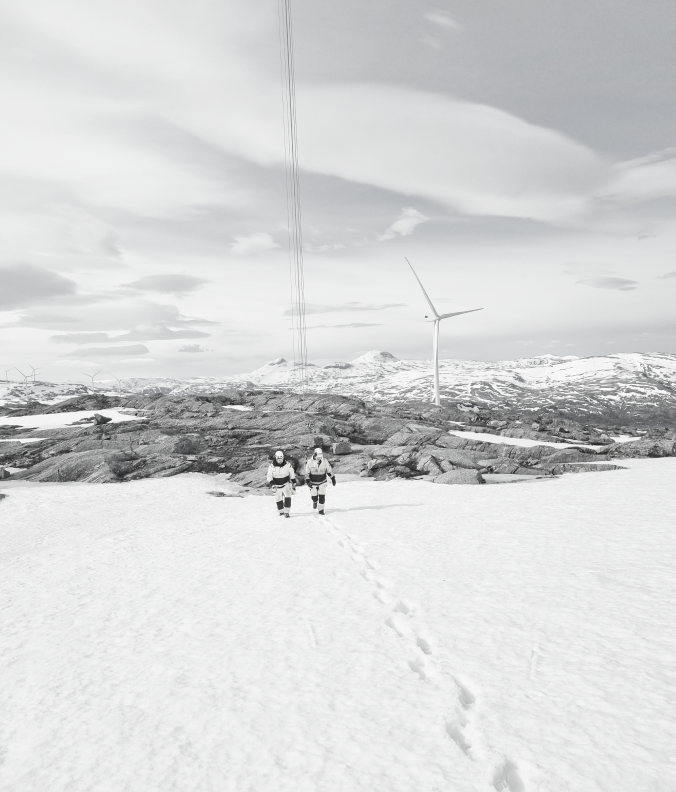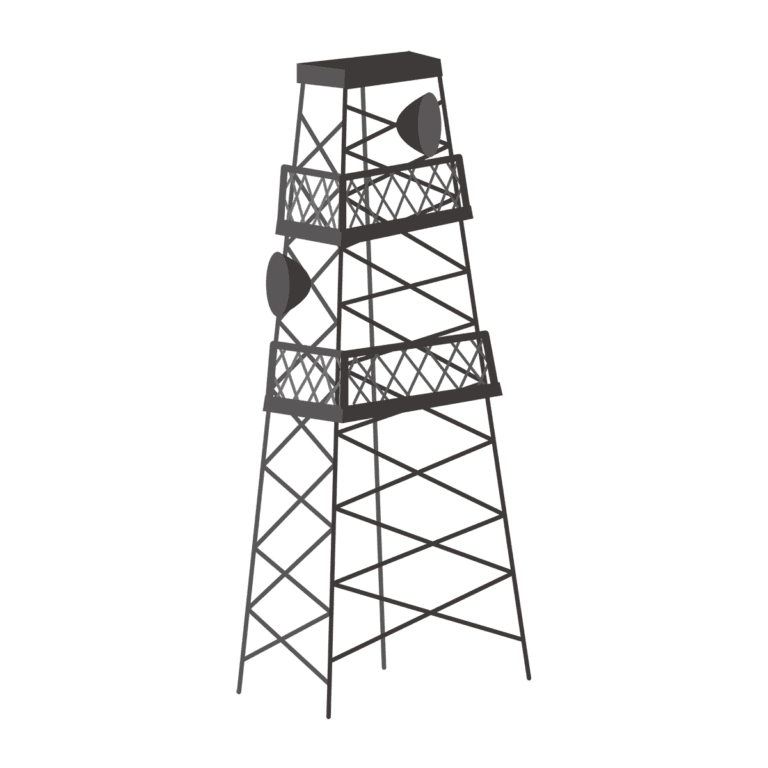

ABOUT US
Mast-och tornunderhåll Sverige AB was established in 1993. It started modestly with a home office and one employee operating from a double-cabin VW transporter.
Thirty years have passed quickly. Today, we have 10 employees. Working in our industry demands a lot from us. The most crucial aspects are the right attitude and the ability to solve problems on-site. We consistently undergo training and updates to stay current. We also strive to ensure we have the best equipment to handle our tasks. We operate from our own premises with offices, a workshop, and a warehouse. Additionally, we have paved areas covering 7,000 square meters for the storage of masts and foundations with accessories. From 2024, we will have an additional 8,000 square meters to continue our growth.
Early on, we acquired our own trucks with cranes to ensure timely and direct deliveries to our work sites. Transport permits on our vehicles facilitate insurance coverage for the materials we transport.
History of Masts and Towers
The Mast – The Backbone of Modern Communication.
The speed of delivering a clear message is the most crucial factor in all communications.
Drums, mirrors, carrier pigeons, swallows, horses, signal fires, and telegraphy have all been used.
The need to communicate is an ancient inheritance.
Around 35,000 years ago, the first cave paintings were created, requiring people to visit the cave to read the message. In ancient times, cuneiform writing, for instance, was impressed on clay tablets and delivered, of course, by messengers in clay envelopes.
The postal system was invented around 2000 BC.
It was Guglielmo Marconi who, over a hundred years ago, demonstrated the possibility of communicating via radio.
In 1901, he sent a radio message across the Atlantic, and seventeen years later, one to Australia.
In 1906, Reginald Fessenden successfully transmitted the human voice via radio. With the advent of broadcasting, radio receivers entered our homes in the 1920s and 30s.
In 1927, the Motala masts began long-wave transmissions, and the Grimeton facility served as our Swedish transmitter station for wireless telegraphy across the Atlantic. Grimeton comprises six 127-meter high masts arranged in a row with a 380-meter gap and six vertical radiating elements. The principle, initially, was to find the highest point in the terrain or the tallest building, install the largest possible antenna for maximum power to cover as much area as possible.
Car radios arrived, bringing with them communication vehicles for the police and military.
World War II significantly increased the need for wireless communication as most telegraph cables were sabotaged. The communication network was initiated in Sweden, and it was not feasible to build a few large masts, as they did not work well in hilly terrain. Instead, weather-resistant structures that were easy to transport and assemble were needed. The standard mast in Sweden is typically triangular, hot-dip galvanized, constructed in six-meter sections, and braced.
In the seventies, the mobile phone emerged, and by 1993, it exploded into a mass market, with expectations to surpass 100 million subscribers before the turn of the century. Today, more and shorter masts are being built to achieve full coverage, allowing unrestricted movement on foot or in vehicles. Modern electronics also enable the reduction of effects, thus minimizing the size of mobile phones.
In 2006, mobile internet was introduced with 3G/GSM, boasting a transfer speed of 384 kbps, and up to 14 Mbps with HSDPA. The expansion of 4G commenced in 2009, focusing on rapid and large-scale data traffic transfers. The technology supports speeds of 100 Mbps for mobile objects and up to 1 Gbps for stationary objects.
On September 5, 2018, the first 5G network in Sweden was launched in collaboration with KTH and Ericsson. The demand for antenna carriers will increase in tandem with the usage of smartphones. By November 2023, it is estimated that 85.74% of the world's population will have a smartphone, amounting to 6.92 billion phones.
What distinguishes a mast from a tower?
The simplest explanation is that a mast is guyed, while a tower stands free. Of course, there are exceptions. The mast's purpose is to support antennas, lighting, or other objects that need to be elevated from the surface. The most common material is steel, hot-dip galvanized, but it can also be constructed from wood, aluminum, and fiberglass. The structure is typically guyed with hot-dip galvanized steel cables at multiple levels.
The height varies significantly, with the tallest reaching around 325 meters. A tower serves the same purpose but can be constructed on a smaller footprint since it doesn't require guying. Towers are commonly built with hot-dip galvanized steel structures, but concrete is also a frequently used material.
Both masts and towers require supervision and maintenance, something that is not always considered since the antenna carrier is often perceived as something fundamental that has always been there.


